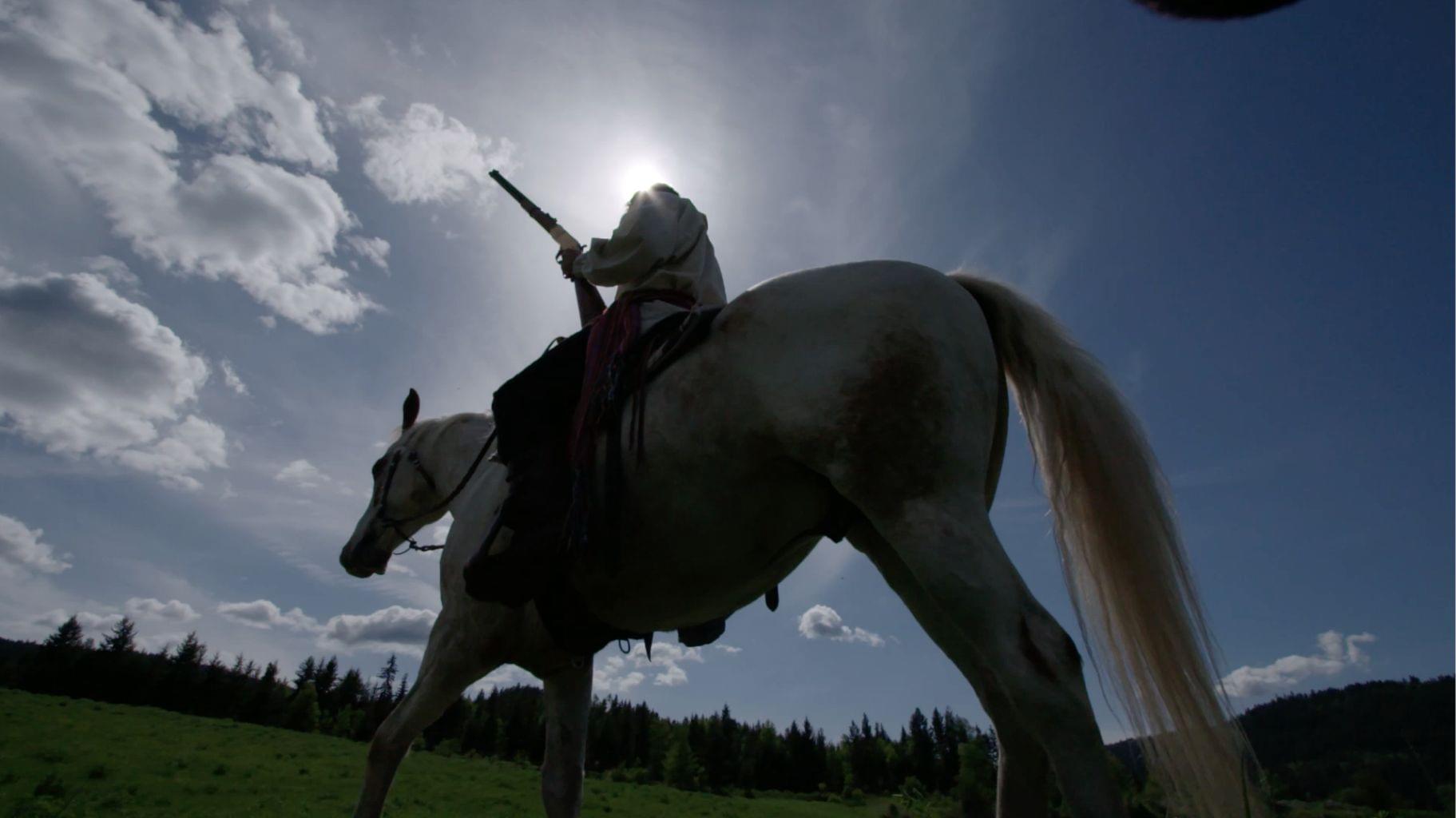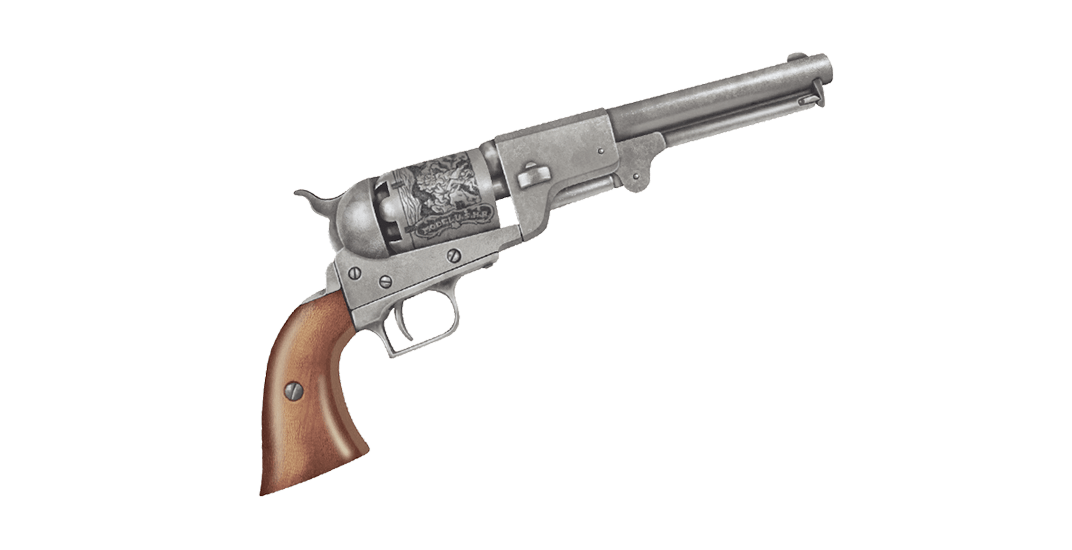

Colt Dragoon
Originally designed as a sidearm for the US cavalry in 1848, the Dragoon would see extensive use in both the American Civil War and in campaigns against the First Nations.
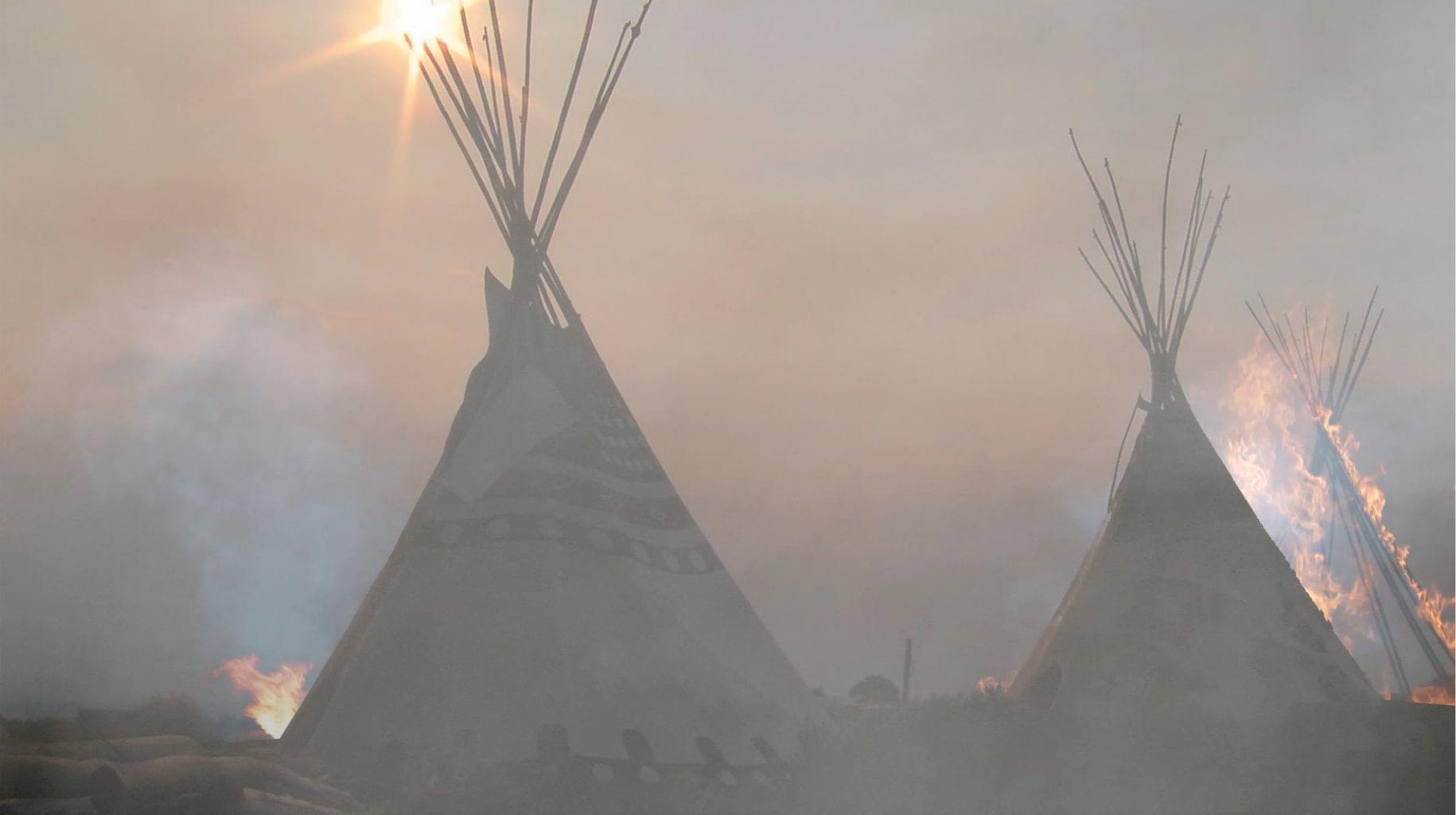
1877
Explore
Though the First Nations of the west had fiercely resisted American expansion throughout the 1860 and 1870s, by 1877 the United States’ industrial capacity, railroads and well armed professional army had finally ended resistance to their annexation of the Great Plains. The defeat of the Cheyenne, Lakota and Arapaho during the Great Sioux War had a huge impact on other Indigenous leaders, such as Nimiipuu 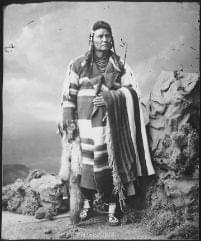 Chief Joseph of the Wallowa band, know as Hinmatóowyalahtq̓it among the Nimiipuu Chief Hinmatóowyalahtq̓it. Better known today as Chief Joseph, he faced American encroachment into his home territory of the Wallowa Valley in present day Oregon. Though the Americans had agreed to limit expansion to specific areas of the Columbia Plateau in an 1855 treaty, gold hungry Americans had begun to settle outside the treaty area. Rather than police their own people, the United States Government attempted to renegotiate the 1855 treaty and annex more land.
Chief Joseph of the Wallowa band, know as Hinmatóowyalahtq̓it among the Nimiipuu Chief Hinmatóowyalahtq̓it. Better known today as Chief Joseph, he faced American encroachment into his home territory of the Wallowa Valley in present day Oregon. Though the Americans had agreed to limit expansion to specific areas of the Columbia Plateau in an 1855 treaty, gold hungry Americans had begun to settle outside the treaty area. Rather than police their own people, the United States Government attempted to renegotiate the 1855 treaty and annex more land.
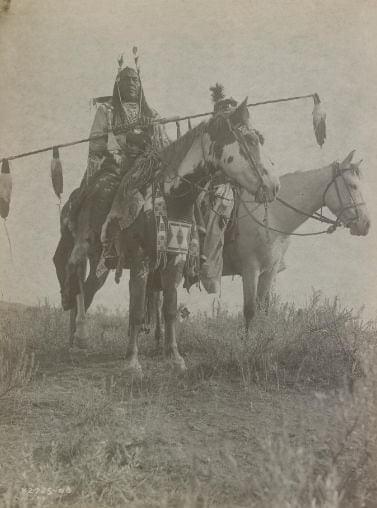
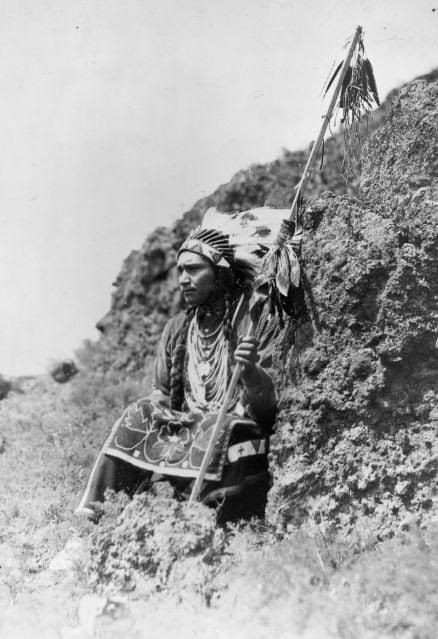
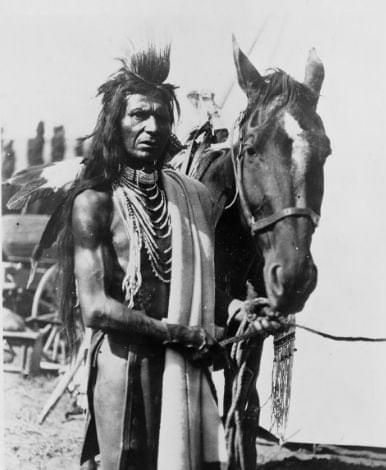
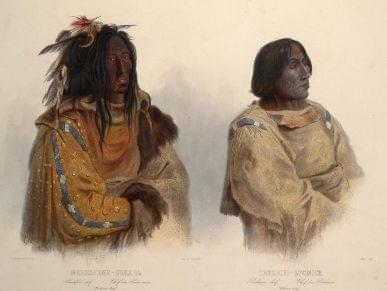
By 1877, Nimiipuu leaders faced a stark choice: move onto reserves designated by the American government or take up arms against the military might of the United States. Though Nimiipuu chiefs like Joseph, White Bird and Looking Glass considered resistance, all eventually agreed to relocate. However several young warriors from White Bird’s band decided to raid American settlements, as revenge for all they’d suffered. Joseph and the other chiefs knew this act would mean war. After repulsing 130 Americans at the battle of White Bird Canyon, Joseph, White Bird, Toohoolhoolzote and Looking Glass decided to lead their bands to only place where the Americans couldn’t touch them: Canada.
Washington, Oregon, Idaho, Wyoming, Montana


Nimipuu
The largest of the Sahaptin speaking nation in the Pacific Northwest, the Nimiipuu enjoyed a peaceful relationship with the United States until the 1850s, when the presence of settlers and gold miners in their homeland forced the Nimiipuu to barter away huge tracts of land. Even after the Nez Perce war began, the Nimiipuu largely avoided taking revenge on American civilians.
United States of America
After defeating the Lakota-Cheyenne-Arapaho alliance during the Great Sioux War of 1877, the United States of America established a permanent hegemony over much of Western North America. As a result, American policy towards the Indigenous peoples became far more forceful and much less diplomatic.
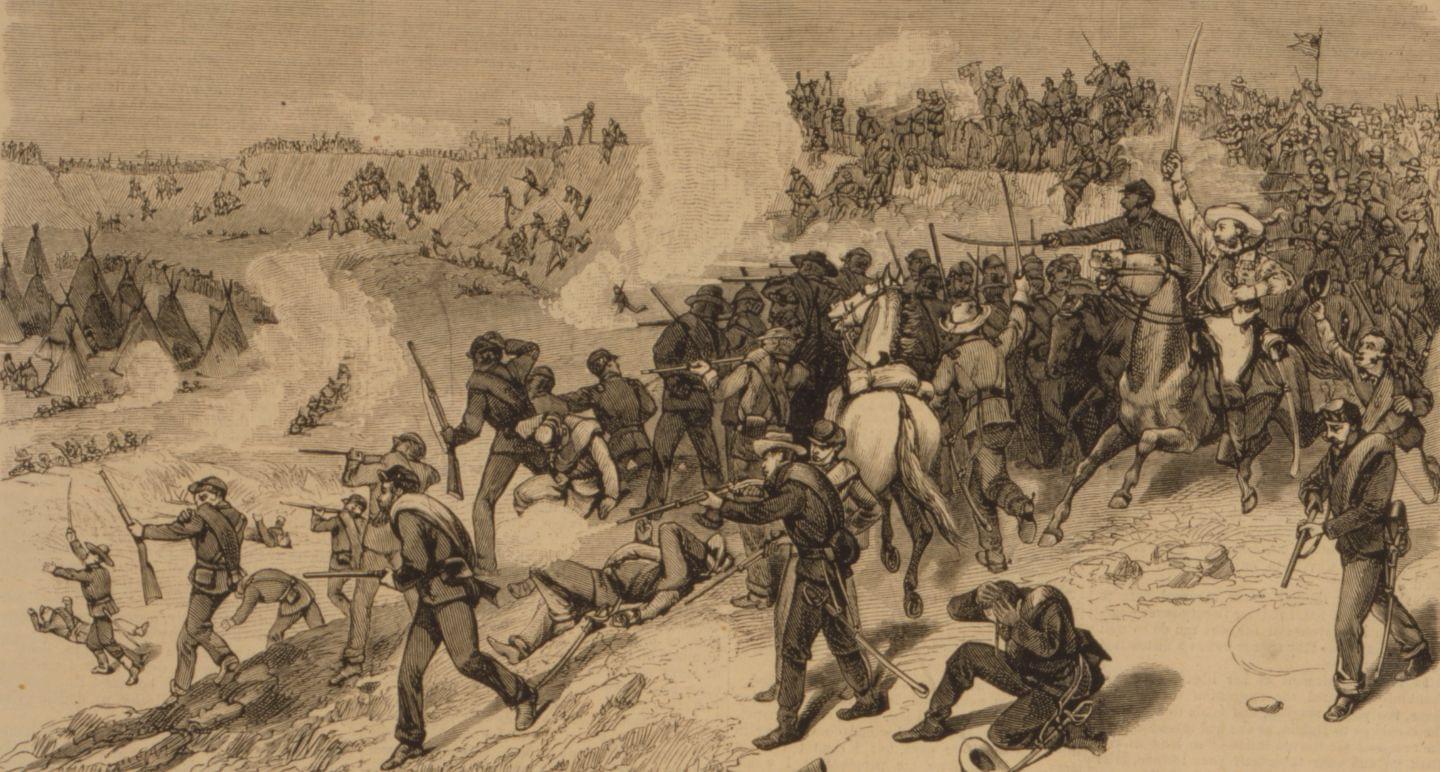
Ever since the Battle of White Bird Canyon on June 17th 1877, 800 Nimiipuu refugees found themselves hunted by over 1500 American soldiers and Indigenous warriors recruited from the Crow, Cheyenne and Lakota. By comparison, the Nimiipuu had roughly 125 warriors to defend themselves. Despite the uneven numbers, the Nimiipuu chiefs successfully out fought or out manoeuvred the American army in five different engagements. After travelling thousands of kilometres through Oregon, Idaho, Wyoming and Montana, the Nimiipuu were only a day’s journey from the Canadian border when their camp was attacked by the American army. The Nimiipuu’s camp was protected by high bluffs to its rear, allowing the warriors to mount a fierce defence of their position, however their large horse herd was unprotected. With no horses to escape on, the Nimiipuu were trapped and exposed to American artillery fire. After five days of being shelled, Chief Joseph surrendered on behalf of the Nimiipuu. Chief Looking Glass had died in the fighting, while Chief White Bird and a handful of follwers had already fled.
Though Chief White Bird and an estimated 300 Nimiipuu managed to slip past the Americans and reach Canadian soil, Joseph and the rest of the refugees were now prisoners of Col. Nelson Miles. Their defeat marked the end of Indigenous resistance to American expansion in the West. Though Miles sincerely promised Chief Joseph that his followers could return to traditional Nimiipuu territory in Idaho, his superior officers decided otherwise and refused to honour the terms of the Nimiipuu surrender. Instead the Nimiipuu exiles were sent to Fort Leavenworth in present day Kansas. After eight years spent in Oklahoma, those Nimiipuu who survived were relocated back to reserves in the Pacific Northwest.
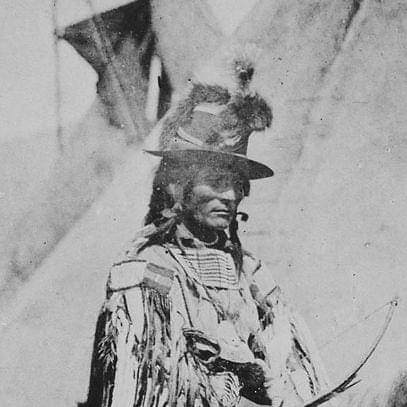
The primary military leader of the Nimiipuu who fled for the Canadian border in 1877, Looking Glass was veteran warrior and skilled commander. However he made several errors which helped contributed to the Nimiipuu’s defeat. On his insistence, the Nimiipuu retreated through Montana and camped at a place called Big Hole, where they fought a costly battle with the Americans.
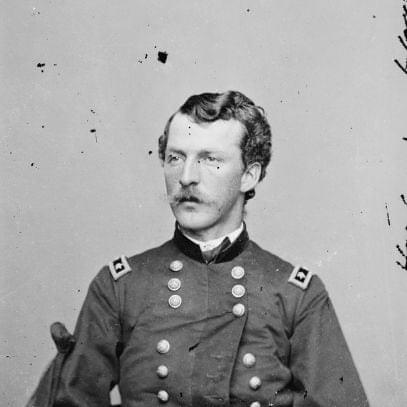
After making his reputation during the bloody Battle of Antietam of the American Civil War, Nelson Miles would become one of the key American commanders during the wars for the West. Miles oversaw the campaign which defeated the Lakota in the aftermath of the Custer’s death at the Little Big Horn and commanded the operation which defeated the Nimiipuu at Bear Paw. Miles promised the Nimiipuu they could return home but his superiors overruled him.
